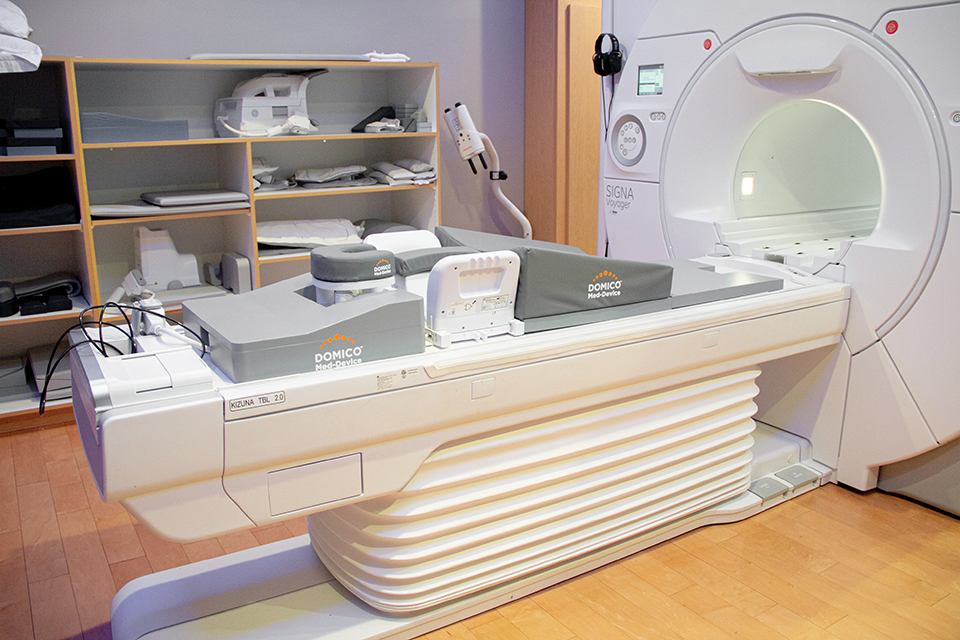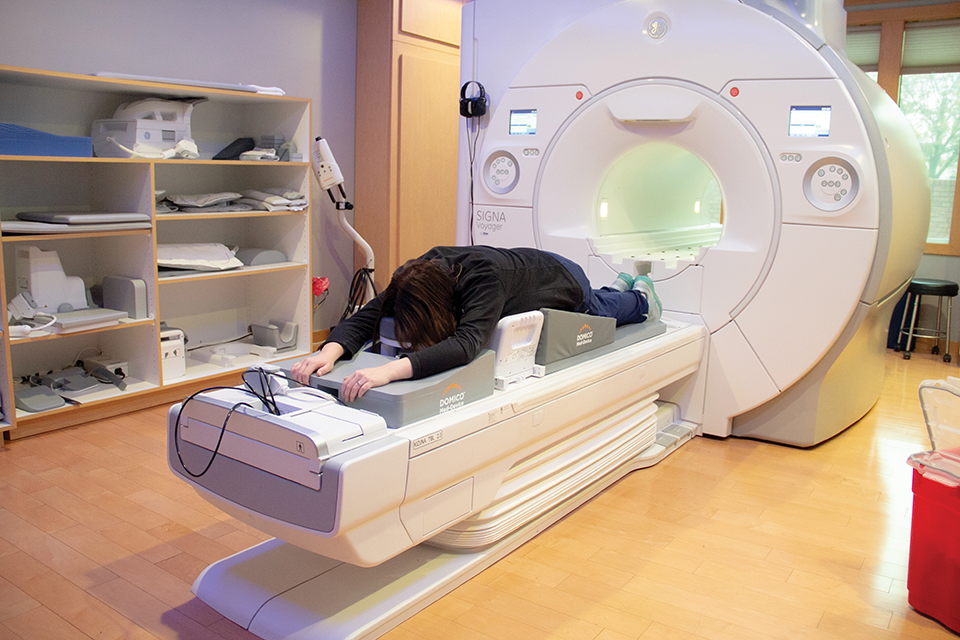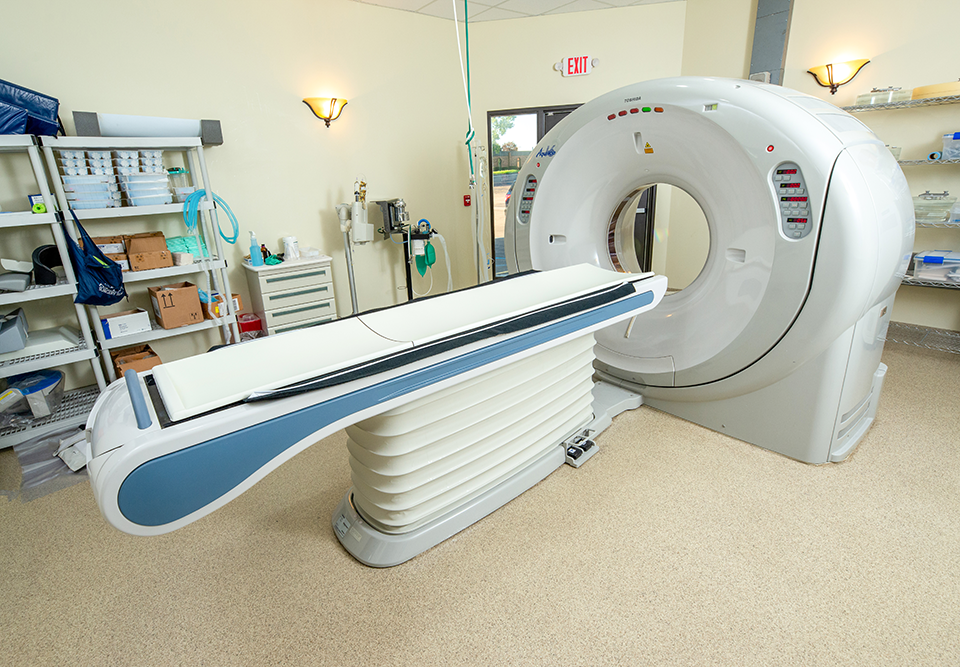Why the Human Factor is Critical to Successful Medical Imaging, Part 1: Overlooking the Human Factor Renders Technology Useless
Advances in medical imaging technology have empowered caregivers to provide more accurate, less invasive treatment and drive better outcomes for...





